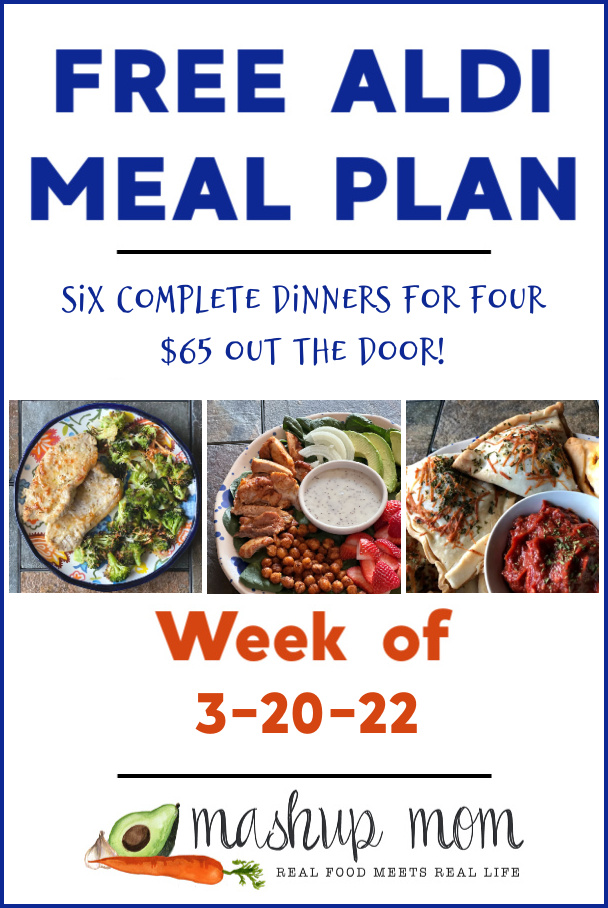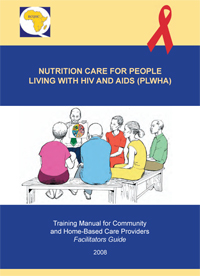
Students in middle school should be exposed to a nutrition program. These materials are intended to encourage healthy food choices. The nutrition curriculum uses the Nutrition Facts label as its starting point and includes fun, hands-on activities that introduce nutrition concepts like calories, serving sizes, and nutrients. The curriculum is aimed at teachers of all grade levels and emphasizes an inquiry-based approach. It is compatible with education standards. Parents should choose middle school nutrition curriculums that meet their child's interests and needs.
This middle school nutrition curriculum's primary goal is to teach students about nutritious eating. Many of these resources come in a variety of formats that can be easily adapted to elementary school needs. Some resources may be freely downloaded from the Internet. These resources can't be downloaded directly from WeTeachNYC. They are instead linked to another site. These resources can be used in middle school, but some are best suited for specific situations.

Despite the lack of scientific evidence, most school-based nutrition interventions provide professional development for teachers. Although attendance is high, implementation rates range from 30% to 90%. One study found that teachers with more enthusiasm were better able to implement the behaviorally based nutrition curriculum. The researchers noted that this may have contributed to the non-significant results. It is important that middle school nutrition curriculums be able to meet the nutritional needs students.
Special events such as assemblies and health fairs will be part of a healthy middle school curriculum. According to a recent survey, almost three-quarters said that these activities are part of their middle school nutrition education. Among these, sixty-seven percent of schools held a health fair and fifty-three percent used an assembly. Teachers can benefit from this great resource if they want to reach a broad audience.
Healthy eating habits should be part of the curriculum. The nutrition curriculum should be integrated into other academic subjects. For the school, it is vital to know about the daily life of students and their eating habits. It should be an integral part of the middle school curriculum. It should be integrated into every day school life. The teacher should incorporate nutrition education into the entire middle school's life. It is an integral part of the health and wellness education.

It is not an easy task to implement a middle school nutrition curriculum. It can take a lot of time and be very difficult to ensure that students are being taught the correct information. Many public schools don't have a coordinator for nutrition education. Instead, teachers are responsible to implement their lessons. Teachers should be aware that there are many ways to make a nutrition lesson effective. They should be aware that different foods are important and how to incorporate them in their meals.
FAQ
How can I lower my blood pressure
You must first determine the cause of high blood pressure. Next, you will need to determine what is causing high blood pressure. This could include eating less salt, losing weight if necessary, taking medication, etc.
It is important to ensure that you get enough exercise. Walking is a great alternative if you don't have the time or energy to exercise regularly.
If you're unhappy with the amount of exercise you do, you might consider joining a fitness club. A gym that has other members who are motivated by your goals will be a good choice. It is easier to adhere to a fitness routine when someone else will be there with you.
Why does weight change as we age?
How do I know if my bodyweight changes?
When there is more muscle mass than fat, weight loss can occur. This means that the amount of calories consumed must exceed the amount of energy used daily. The most common cause of weight loss is decreased activity levels. Other factors include stress, illness and pregnancy. Weight gain is when there are more calories than muscle mass. It occurs when people consume more calories per day than they need. Common reasons include overeating, increased physical activity, and hormonal changes.
The main reason why our bodies lose weight is because we consume fewer calories than we burn. Exercise regularly increases your metabolism rate, which allows you to burn more calories every day. This does not necessarily mean that we will get thinner. What is more important is whether or not our body is losing or gaining weight. If we're burning more calories that we consume, we'll lose weight. However, if we consume more calories than we burn, we end up storing them as extra fat.
As we age, we become less agile and don't move as often. We also tend eat less than we used to. This is why we tend to gain weight. On the flip side, we tend to have more muscle mass so we look bigger than we really are.
There's no way to tell how much weight you've lost unless you weigh yourself every week. There are many ways you can measure your weight. You can check your waist size, your hips, your thighs, your arms, etc. Some people prefer to use bathroom scales while others like to use tape measures.
To track your progress, weigh yourself once a week. Measure your waistline once per month. You can also take photos of your self every few months to track how far you've come.
You can also check your height online to find out how many pounds you have. If you are 5'10" tall, and you weigh 180 lbs, then you would probably weigh 180 lbs.
What's the problem in BMI?
BMI stands to Body Mass Index. It is a measurement of body weight based on height. BMI is calculated using the following formula:
Divide the weight in kilograms by the height in meters squared.
The result is expressed using a number from 0 through 25. A score of 18.5 or higher indicates overweight, while a score of 23 or higher indicates obesity.
A person who weighs 100 kilograms and is 1.75m tall will have an BMI of 22.
How much should I weight for my height and age? BMI calculator & chart
To determine how much weight loss you need, a BMI calculator is your best friend. Healthy BMI ranges between 18.5 to 24.9. You should lose about 10 pounds each month if you are trying to lose weight. Enter your weight and height into the BMI calculator.
To see if you're overweight or obese, check out this BMI chart.
What is the best way to eat?
There are many factors that influence the best diet, including your gender, age, weight, health condition, lifestyle, and personal preferences. You should also consider how much energy your exercise consumes, whether you like low-calorie or high-calorie foods, and what you enjoy in terms of eating fruits and veggies.
If you are trying to lose weight, then you may want to try intermittent fasting. Intermittent Fasting means that you eat only specific meals throughout your day and not three large meals. This might be better for you than traditional diets, which have daily calorie counts.
Studies have shown that intermittent fasting can improve insulin sensitivity and decrease inflammation. This could lead to improved blood sugar levels, and a lower risk of developing diabetes. Other research suggests that intermittent fasting may promote fat loss and improve overall body composition.
Which lifestyle is best for your health?
Healthy lifestyles include eating healthy food, regular exercise, good sleep, and avoiding stress. This will ensure that you live a long healthy life.
Start small by changing your diet and exercising routine. To lose weight, you can start walking for 30 mins each day. Swimming or dancing are great options if your goal is to become more active. A Fitbit or Strava online program that tracks your activity can be joined.
Statistics
- In both adults and children, the intake of free sugars should be reduced to less than 10% of total energy intake. (who.int)
- nutrients.[17]X Research sourceWhole grains to try include: 100% whole wheat pasta and bread, brown rice, whole grain oats, farro, millet, quinoa, and barley. (wikihow.com)
- This article received 11 testimonials and 86% of readers who voted found it helpful, earning it our reader-approved status. (wikihow.com)
- The Dietary Guidelines for Americans recommend keeping added sugar intake below 10% of your daily calorie intake, while the World Health Organization recommends slashing added sugars to 5% or less of your daily calories for optimal health (59Trusted (healthline.com)
External Links
How To
How to stay motivated to stick to healthy eating and exercise
Tips for staying healthy and motivated
Motivational Tips for Staying Healthful
-
Make a list of your goals
-
Set realistic goals
-
Be consistent
-
When you reach your goal, reward yourself
-
Even if you make a mistake, don't quit!
-
Have fun!